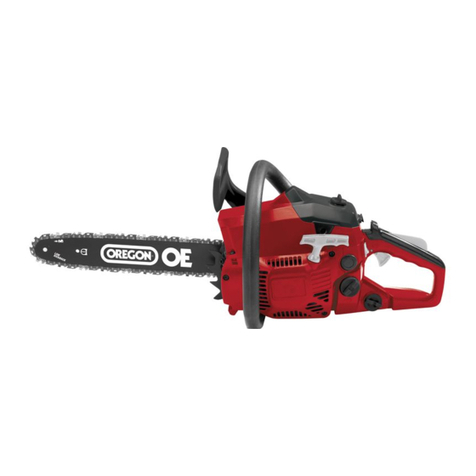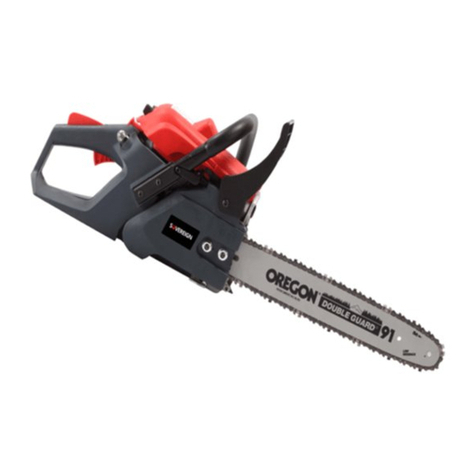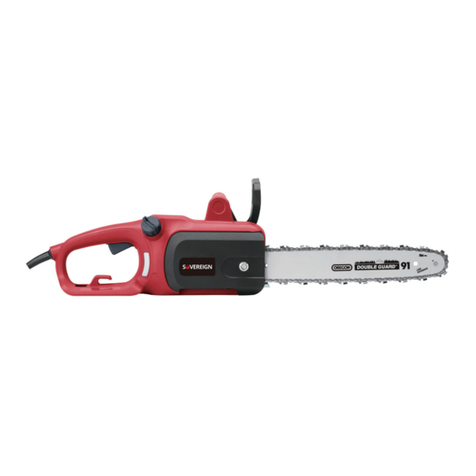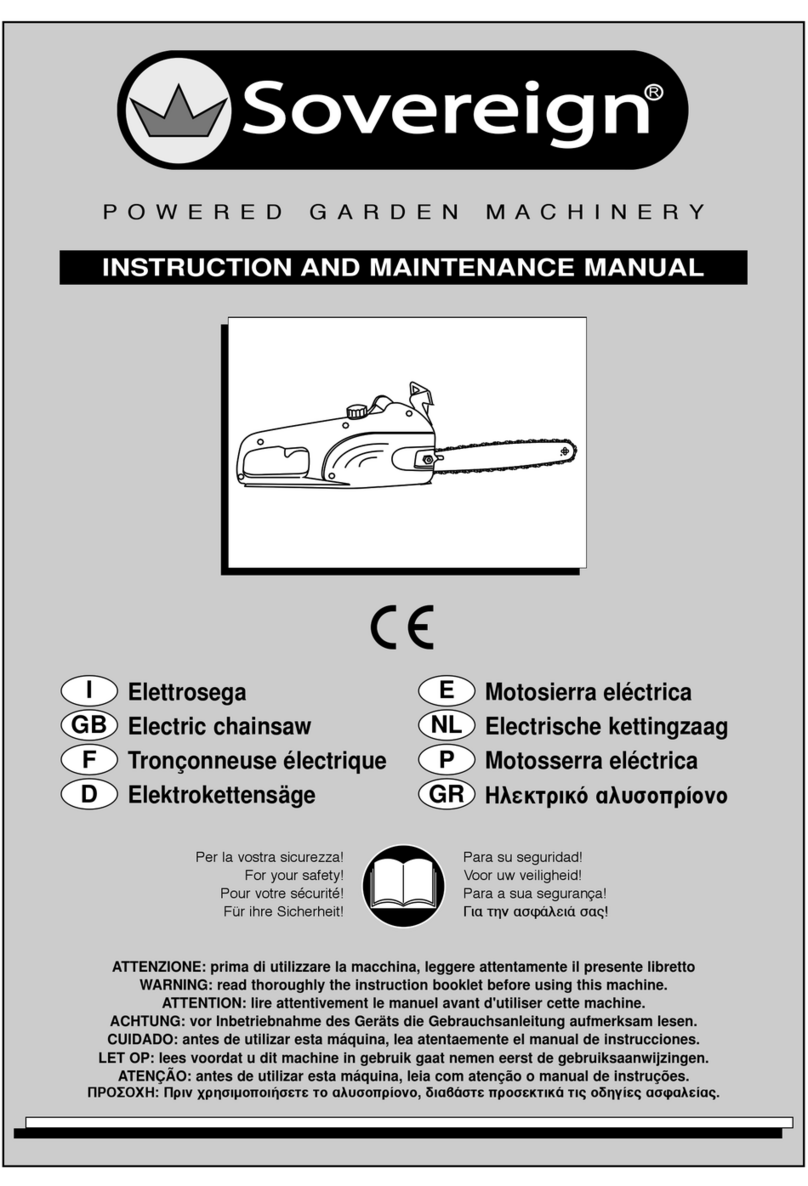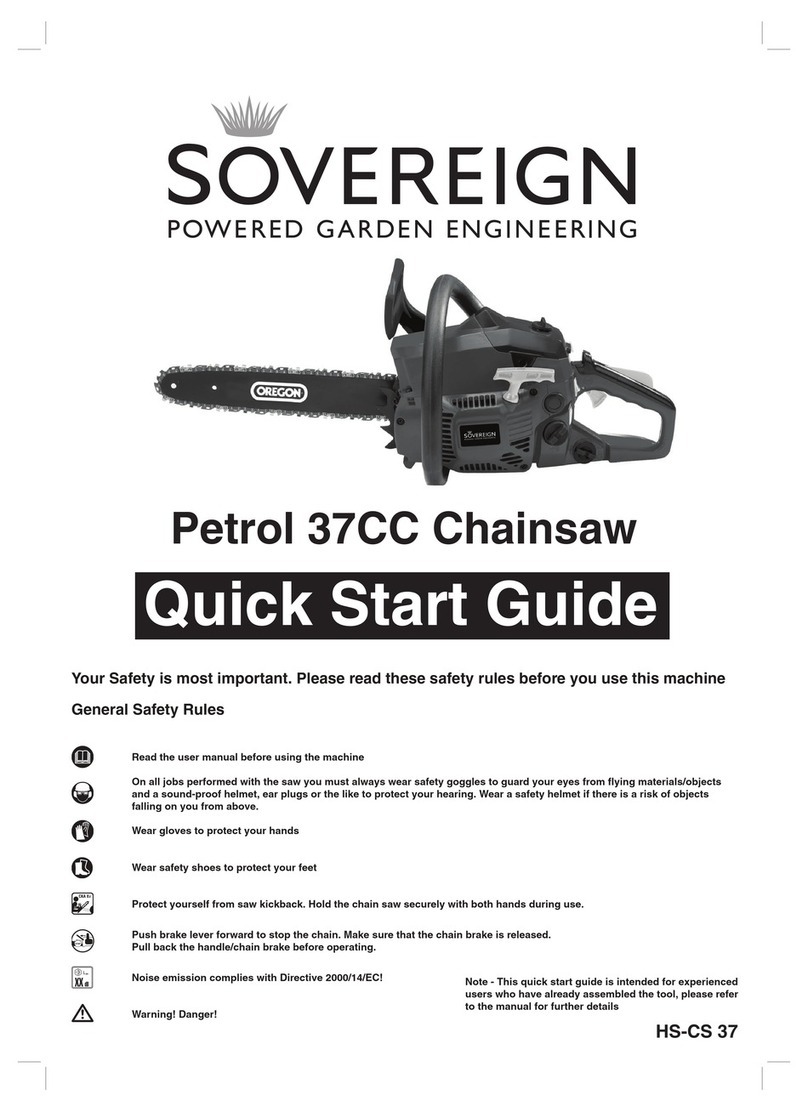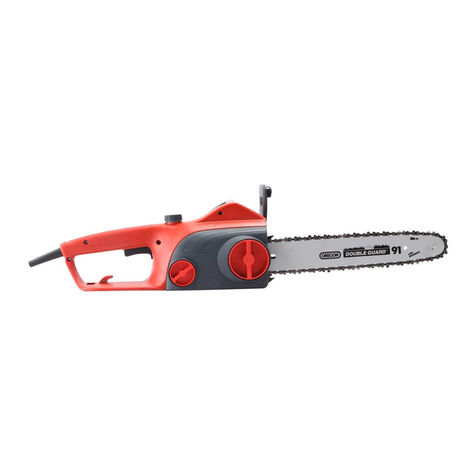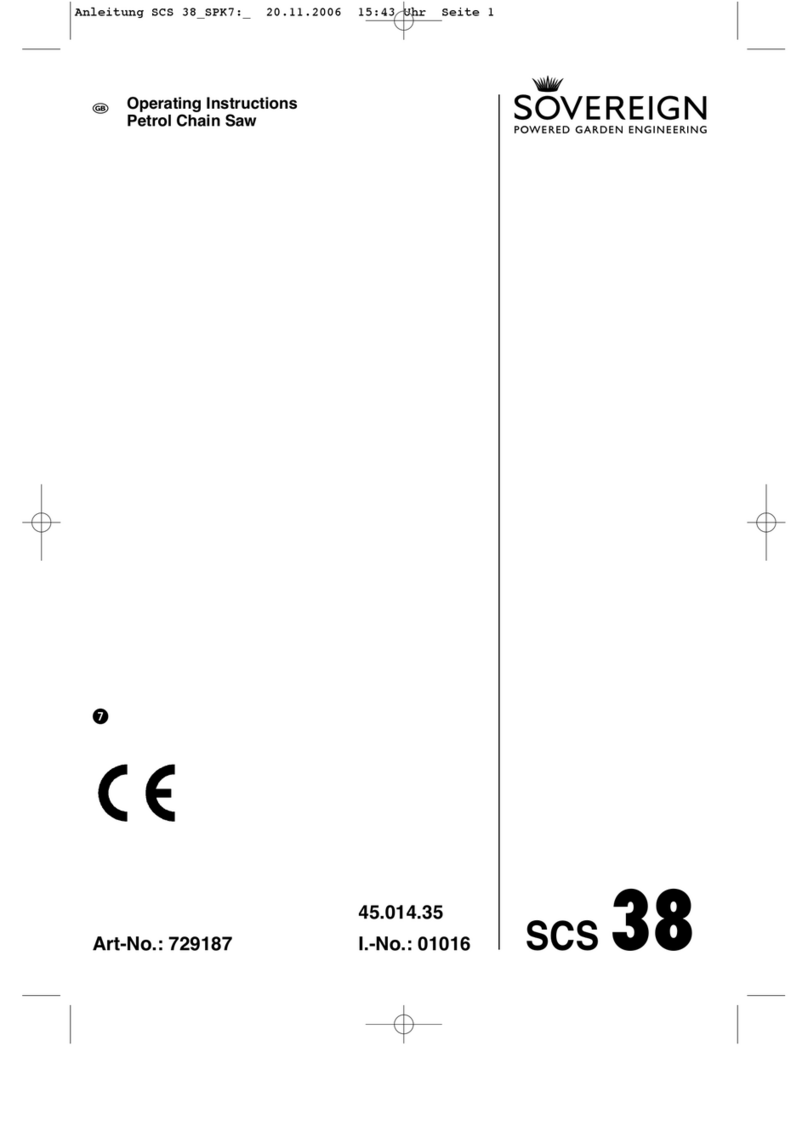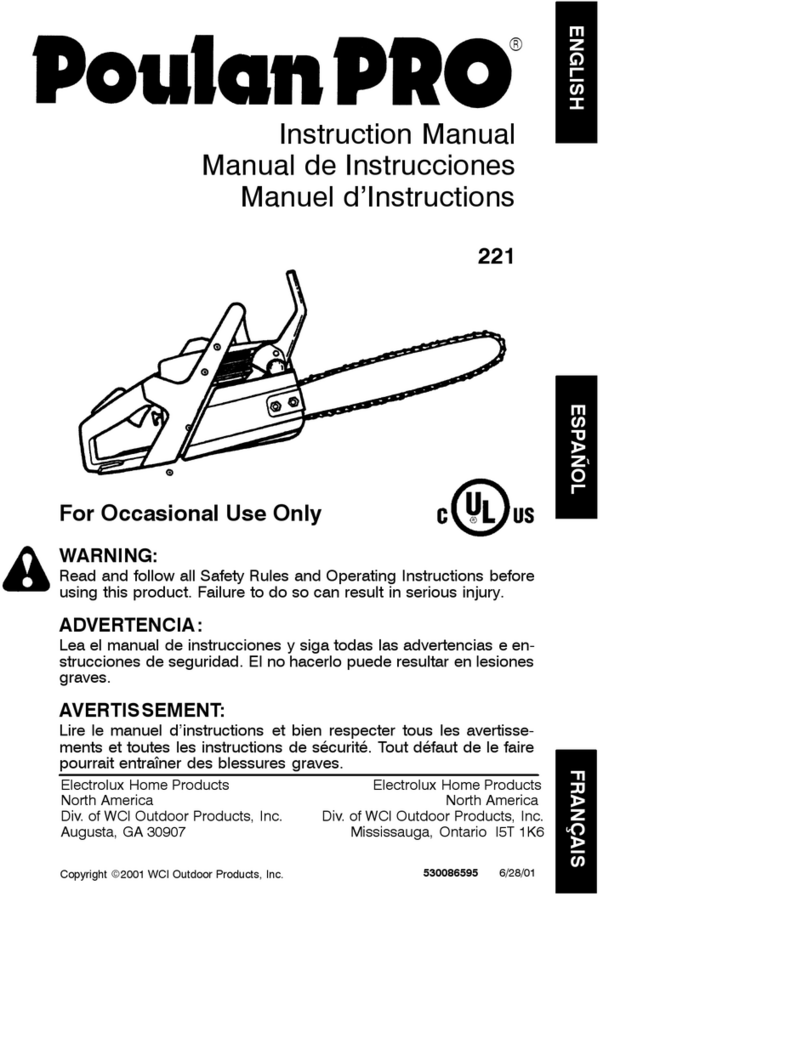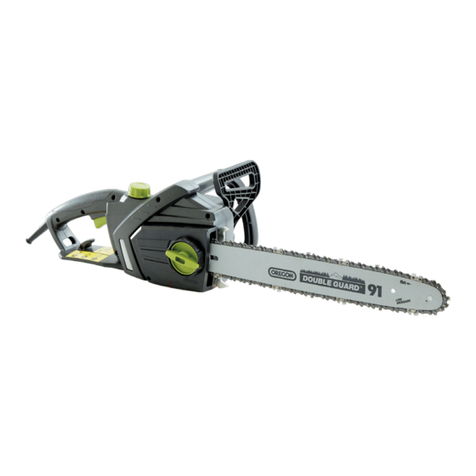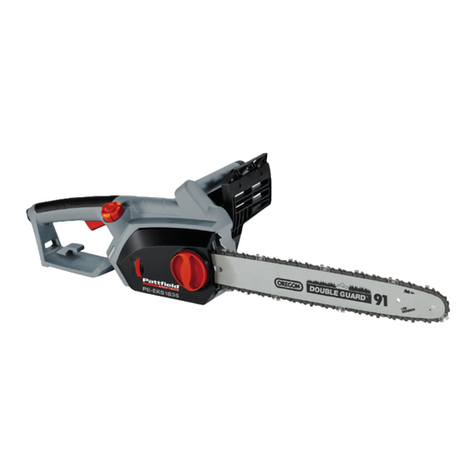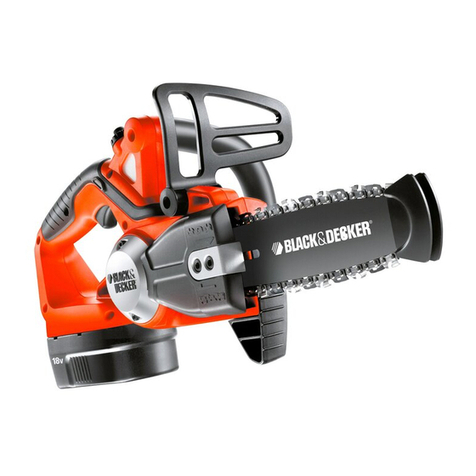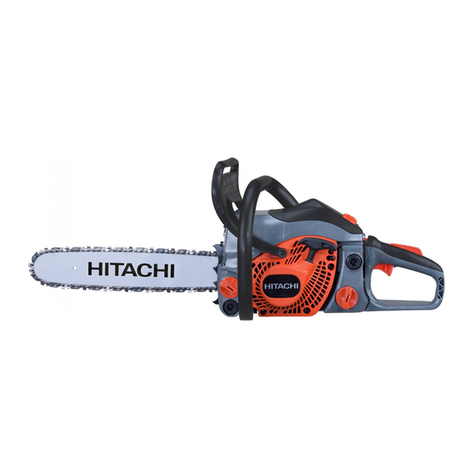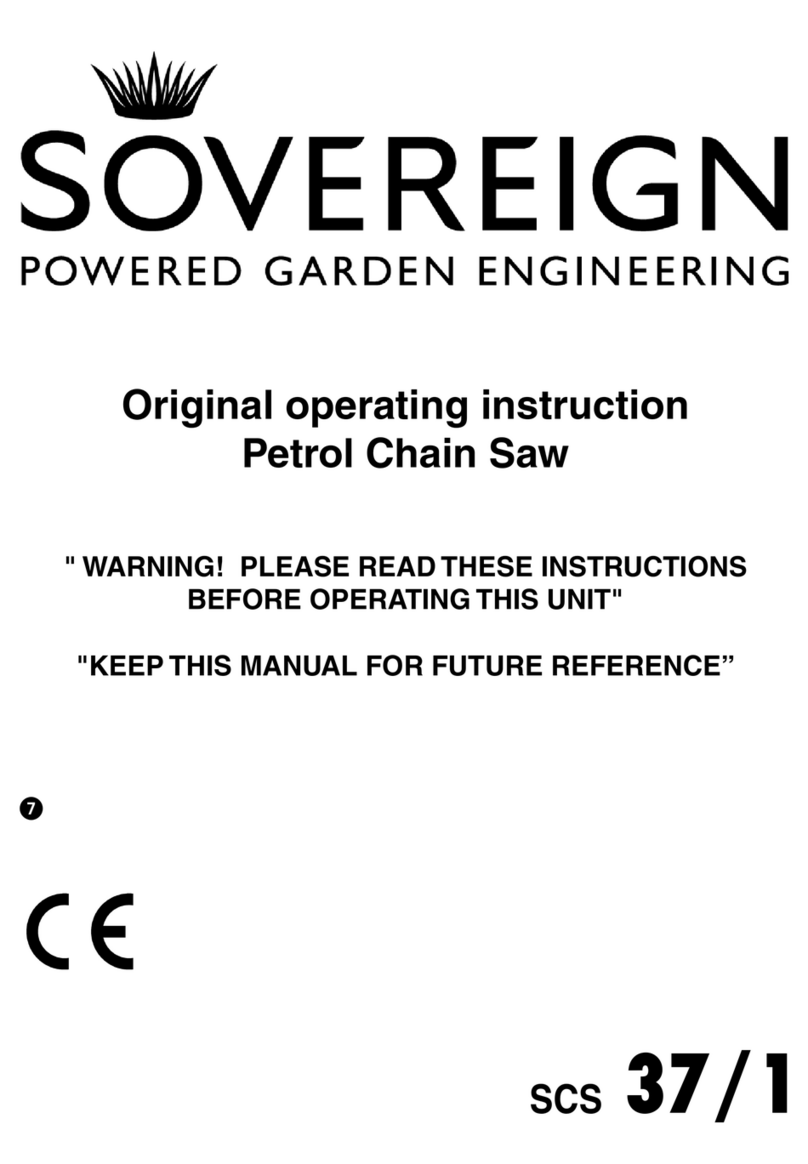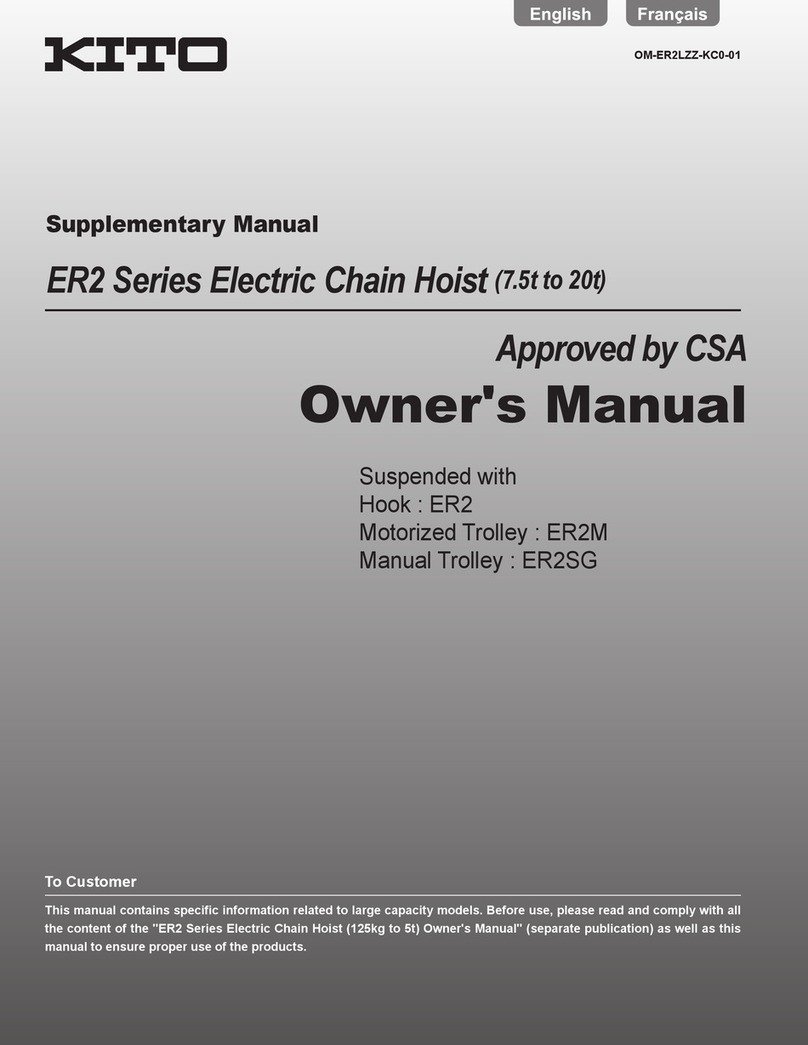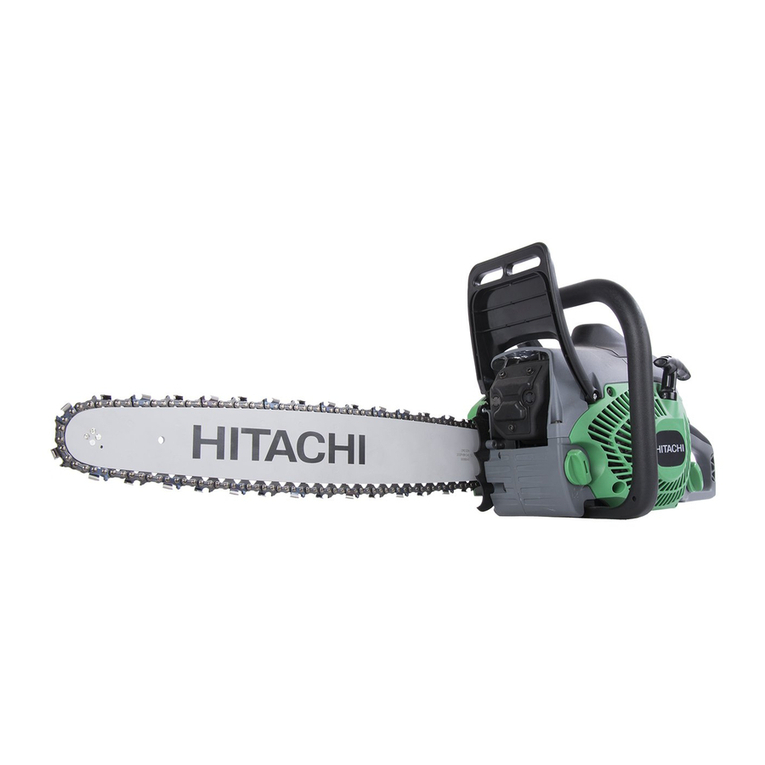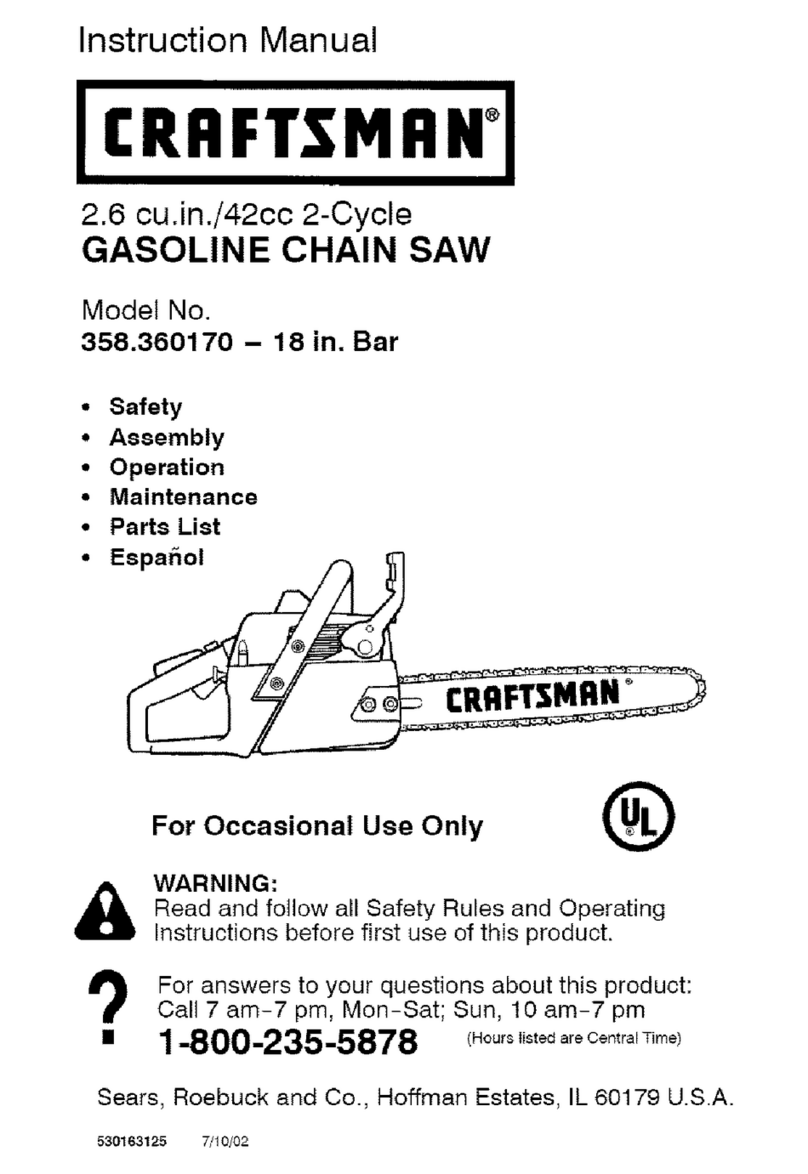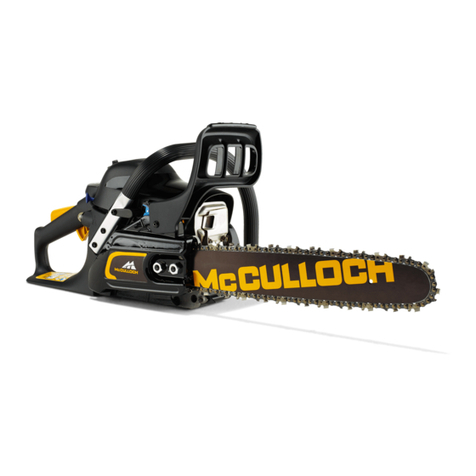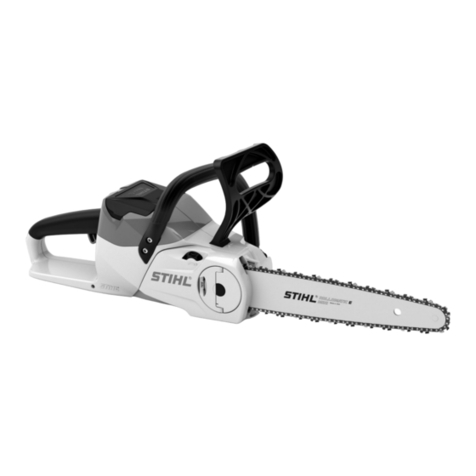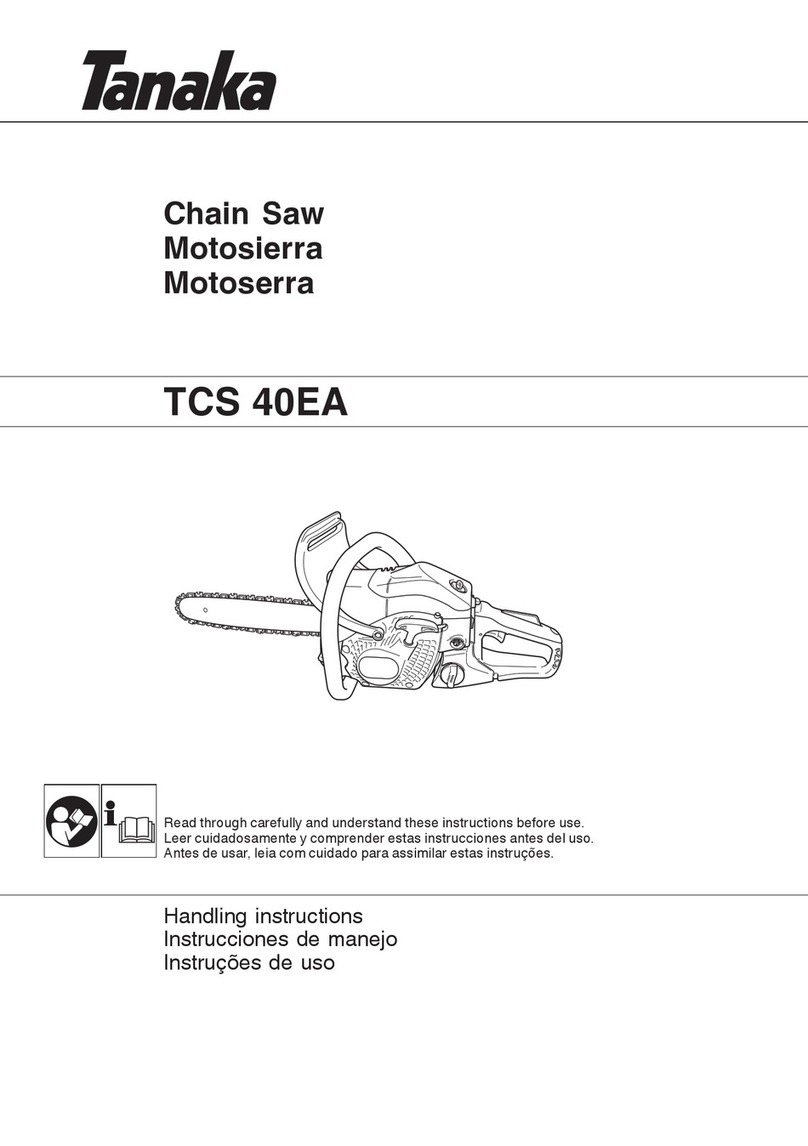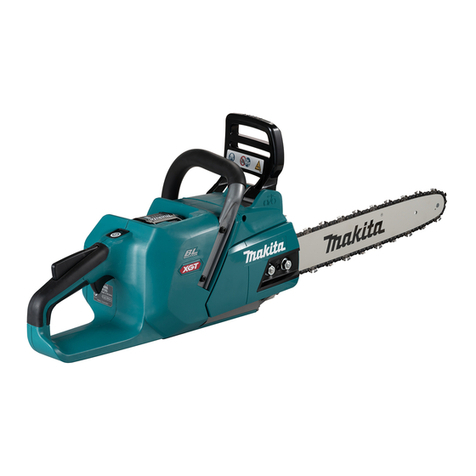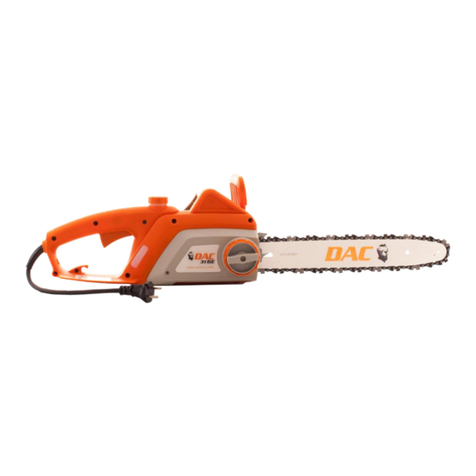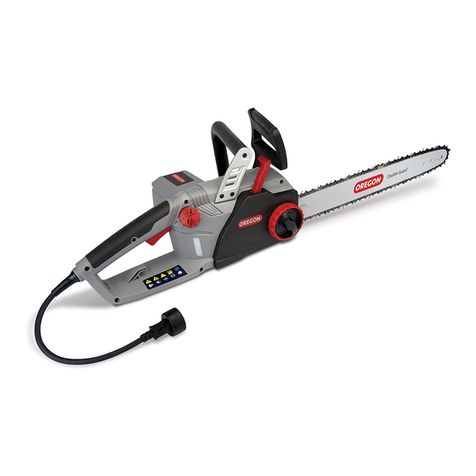the socket. If you have your finger on the switch
whilst carrying the tool or you connect the tool to
the power supply whilst it is switched on, this
could cause accidents.
Remove all adjusting tools or wrenches
before you switch on the tool. Any tool or
wrench in a rotating part of the tool could cause
injuries.
Do not overestimate your capabilities. Make
sure you have a sure footing and keep your
balance at all times. This will enable you to
control the tool better in unexpected situations.
Wear suitable clothes. Never wear loose
fitting clothes or jewelry. Keep hair, clothing
and gloves away from moving parts. Long
hair, loose clothing or jewelry can be caught by
moving parts.
Do not overload your tool. Use the correct electric
tool for the job in hand. Operate the device only
within the specified output range. Use a suitable
tool which is appropriate for the task: Never use
low-powered machines for heavy duty work. Do
not use electric power tools to perform work for
which they are not intended.
WARNING: Only use the accessories
recommended in these instructions. The use of
other accessories could result in injuries being
caused.
Prevent the running chainsaw from coming
into contact with the ground or wire fences,
and do not use it to cut undergrowth or
trimmed timber.
First-time users should be given a practical
demonstration of how to use the chainsaw by
an experienced chainsaw operator, who
should also explain the necessary protection
equipment and help them to practice cutting
a round piece of wood on a sawhorse or
sawing trestle to start with.
Take care of your electric power tools. Keep
the cutting tools sharp and clean to enable
you to work better and more safely. Check
the power cable of the electric tool on a
regular basis and have it replaced by an
authorized specialist if it is damaged. Check
your extension cables regularly and replace
them if damaged.
Check the electric power tool for damage.
Each time before re-using the electric tool,
carefully check that the safety devices or any
parts showing signs of slight damage are working
properly and as intended. Check that moving
parts are in good working order and do not jam,
and that no parts are damaged. All parts must be
correctly assembled and meet all the conditions
required to ensure that the electric power tool
works correctly. Unless stated otherwise in the
operating instructions, any damaged safety
devices and parts must be properly repaired or
replaced by an authorized service center.
Damaged switches must be replaced by a
customer service workshop. To prevent danger,
damaged power cables must be replaced by the
manufacturer or the customer service
representative of the manufacturer.
Service
Make sure that your tool is only repaired by
qualified personnel using only genuine spare
parts. This will ensure that your tool remains safe
to use.
Special safety instructions for
chainsaws
Always disconnect the mains plug before
performing any maintenance work, when the
chainsaw is not in use and before changing
any tools.
When the chainsaw is running make sure
that you keep all parts of your body away
from the chainsaw. Before starting up the
chainsaw make sure that it is not touching
anything. When you are working with a
chainsaw, a single moment of carelessness is all
it takes to catch up clothing or parts of your body
in the chainsaw.
Do not use the chainsaw while up a tree
unless you are specially trained to do this.
Otherwise you risk injuring yourself if you use the
chainsaw inappropriately whilst up a tree.
When cutting through a branch which is
under tension, take into account how it will
spring back once the cut has been made.
Once the tension in the wood fibers is released
the cut branch could hit the operator and/or seize
control of the chainsaw.
Carry the chainsaw by the front handle with
the chain stationary and the guide rail facing
backwards. Always fit the protective cover
when transporting the chainsaw or putting it
into storage. Careful handling of the chainsaw
reduces the likelihood of accidental contact with
the saw chain while it is running.
Follow the instructions for lubrication, chain
tension and replacement of accessories. A
chain which is not properly tensioned or
lubricated can break or increase the risk of
kickback.
Keep the handles dry, clean and free from oil
10




















